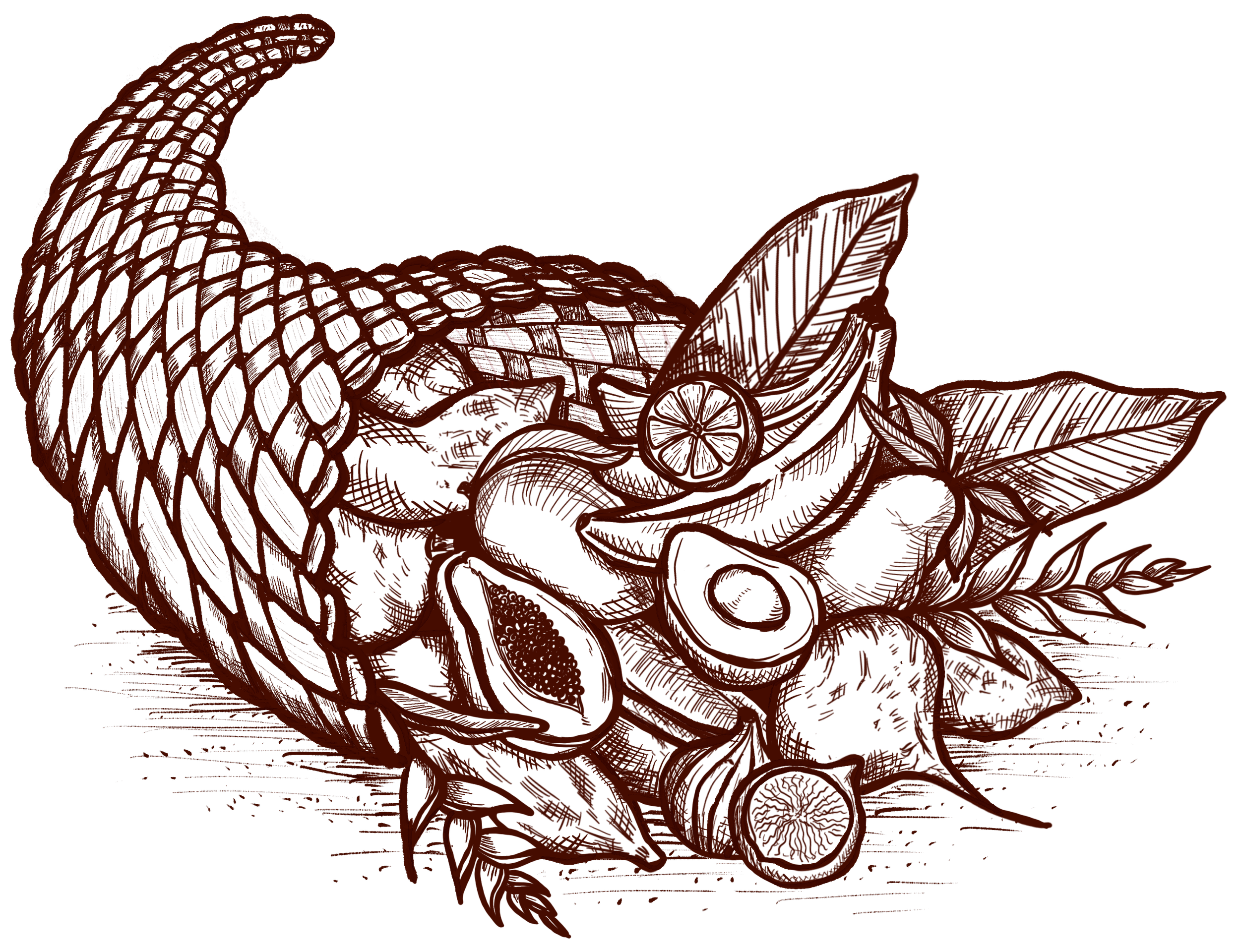Stories from
the land
A story of transformation that this couple took to regenerate a degraded cattle and pineapple farm that now teams with life and biodiversity. For Thomas and Adriana, they muse on whole systems approach to work in harmony with nature.
Years ago, Coquira’s land told a different story. The pastures were overgrazed, the soil was dry, and monoculture pineapple fields had drained the land of vitality. Today those same fields are lush and alive.
What started as a garden in a degraded cattle pasture has, over the past eleven years, grown into our own Garden of Eden. Panama has not only become home—it has become the fertile ground where our dreams continue to take root and flourish.
Edward sees this project as a partnership with future residents, where their input will continue shaping the village over time. His commitment runs even deeper: he and his team plan to live and farm alongside those who choose to call this community home.
Some journeys unfold over decades, shaped by chance encounters, deep passions, and the pull of a place that feels like home long before you live there. For James and Elisa Klein, Panama was such a place.
Stephane produces prosciutto and other cured meats that carry the essence of the farm’s land and animals in every slice. For him, each ham and salami is more than a product—it’s a continuation of a tradition, adapted to Panama’s rich terroir.
Picture stepping out your front door into a living pantry. Papayas and mangos hang heavy on branches. Bananas grow in golden clusters. Beneath them, bushes are dotted with passionfruit, guava, and coffee cherries ready to be picked. At Lega Vera, this vision is not a dream but a design.
Much like a hotel concierge who helps you discover a city, the Farm Concierge orients you to your land. But instead of booking restaurants or giving directions, they help you plant an orchard, repair a fence, or check on the chickens while you’re away.
Experience Panama’s biodiversity firsthand at the Coquira Soil Project, a farm, garden and restaurant. At this agritourism destination, about an hour’s drive from the city center, Thomas Patton and his wife, Adriana Roquer, offer garden and farm tours, share ways they’re making their land more fertile and take visitors horseback riding through verdant fields where cows and sheep graze.
There was a time when chemical fertilizers and pesticides didn't exist. Cattle didn't live locked in stables. Chickens didn’t live in pens amid their feces. Hands were the best tools for working the soil. In those days, we didn't emit tons of carbon dioxide. Energy came from natural sources. Industry was primarily artisanal, which limited pollution. Biodiversity was virtually intact. Regenerative agriculture proposes a return to the agricultural practices of the past.












